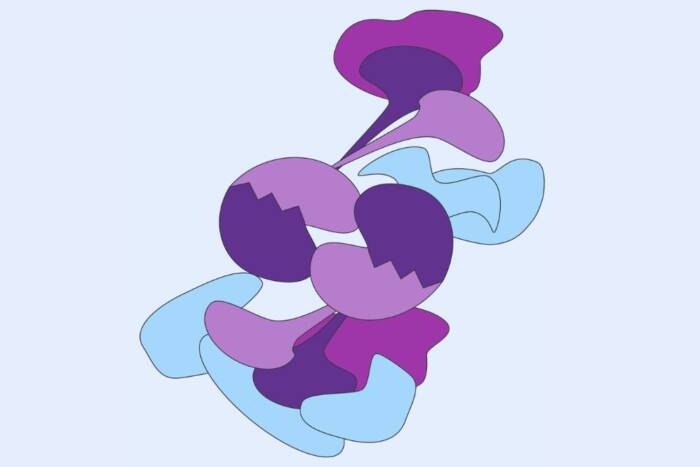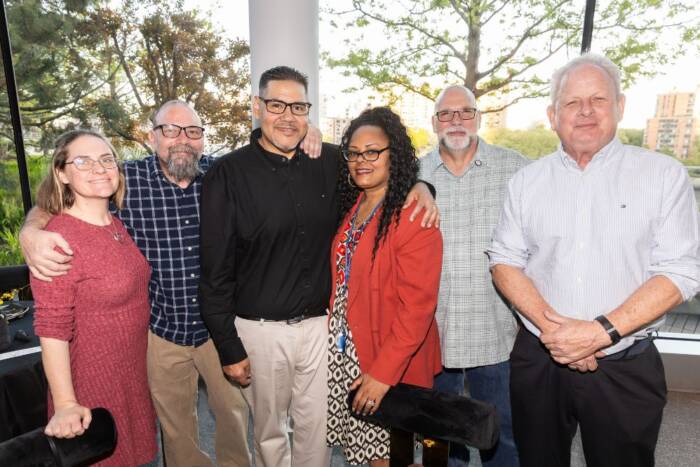Ilana J. DeLuca
 (opens in new window)B.S., Yale University
(opens in new window)B.S., Yale University
The Hu Syndrome: At the Intersection of Cancer and Autoimmunity
presented by Robert B. Darnell
It is a pleasure to introduce Ilana DeLuca to you. Ilana spent four years working in the laboratory as one of the most focused, albeit relaxed, students I have ever seen. She came to Rockefeller from Yale with an imperfect GPA — hovering somewhere just under an A-plus — after having worked with three powerful scientists: Pietro De Camilli, Steve Burden and Frank Slack. My jaw dropped when I learned about her experiences during her interview for the Rockefeller graduate program, since this was a perfect background to the RNA biochemistry and neurobiology work that we do in the laboratory. I recall well the exciting blackboard talk we had that day, as Ilana immediately stood out as a thoughtful, engaged young scientist with wide-ranging interests. This was reflected in her typically candid application comments: “I can’t say exactly what I’d like to study in graduate school. There are so many topics that interest me now — immunology, understanding and treating disease.…” In fact, these comments turned out to be prescient.
I was delighted when Ilana signed up to come to Rockefeller and work in our lab, but choosing a project was not so simple. Despite her background in basic science, she became increasingly enamored with human disease. From the beginning, she was a brilliant student. She explored several projects, but in a most outstanding way. For each, she read deeply, thought deeply, worked assiduously, took responsibility, contacting (and impressing) experts in the field about technical issues or ideas.
She finally settled on a clinically related immunology project. This project related to a set of rare diseases our lab studies in which cancer patients develop a clinically important attack against their own tumors that is linked, in ways we don’t understand well, to an autoimmune attack against the brain. Ilana set out on an ambitious project to understand how this happens. Working with a postdoctoral fellow in the laboratory, Wendy Roberts, Ilana developed a breakthrough in our ability to see these tumor immune responses directly in our patients. This work trumped the failure of at least three predecessors in the laboratory and led to the discovery of why these prior scientists had failed. There was an unusual — never before seen — type of immune T cell present in these patients, one that we are excited to understand further. At the same time, Ilana modeled how these cells get triggered by looking in mice. This led to a second new discovery: that the immune system looks over — but normally passes up — neurons in the brain, a sort of screening that was not thought to happen. Her science was so good that I found myself surprised, but should not have been, when she walked into my office one day to tell me that she was inspired enough by the ability to study the mechanisms of human disease that she wanted to go to medical school — and off she went. She was so special in the lab that I would have considered insisting that she make sure to return to the lab, but she beat me to it, asking halfway through her first year of medical school if she could spend her first summer back in the lab, where she will come and ponder the ramifications of her thesis work. I’m glad she will be back and look forward to watching her successful career unfold.


